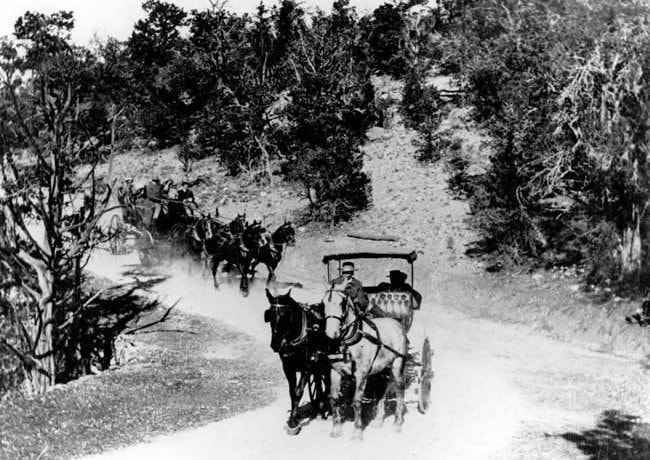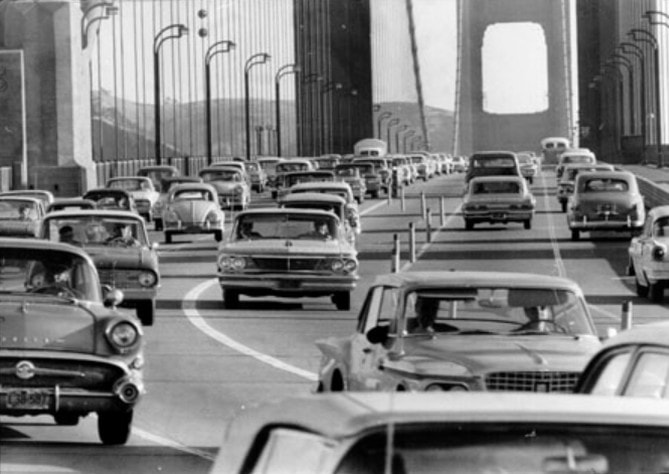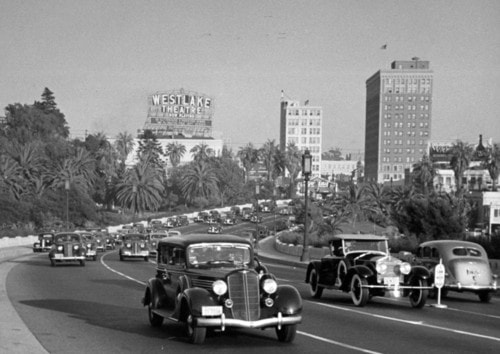← Continued from Page 1 of "Driving on the Wrong Side of the Road – Left- and Right-Hand Traffic"If you are currently the owner of a left-hand drive car, you most likely find right-hand drive vehicles impossible to drive, although the difference mostly relies in the way you control the steering wheel and nothing more.
However, driving on the other side of the road was once considered a much more logical idea, even in countries that are now promoting right-hand traffic.
Since most of the countries that are still favoring left-hand driving are former British colonies, it all began in the feudal age when swordsmen preferred to walk on the left side of the road and thus have a better view on the people in front of them.
But the same thing would be possible from right as well, you may say. Well, not quite. More than three quarters of the world population is right handed, so swordsmen used to hold their weapons in the left hand. Walking on the left side of the road means that their swords were pretty far from the oncoming civilians, but also far from potential enemies, thus being able to defend and re-attack quickly.
On other hand, other references suggest that horsemen preferred to keep their right hand free either as a sign of friendship when meeting oncoming citizens, or to hold a sword in case of a fight.
In addition, aristocrats only used the left side of the road, thus establishing a new social barrier in front of the peasants who had no other choice than to walk on the right.
But things started changing as the time passed by. As technology evolved and new means of transportation emerged all over the globe, more and more countries discovered that right-hand traffic may actually bring a lot more advantages that the old-fashioned way.
Horse-drawn vehicles for example changed people’s perception on left-hand traffic. Since the “driver” had to control several horses, he had no other option than to sit on the last horse on the left, from the same reason as before: being right-handed means he could only use the right hand to direct the animals.
Of course, the logical choice is to have the oncoming traffic on the left side, thus being able to know exactly the position on the road and avoid potential crashes.
The rest of the countries gradually turned to right-hand traffic, especially in Europe where most governments started issuing their very own law regulations and adopted driving on the right side of the road as an official and more importantly, mandatory, standard.
Japan is the exception to the rule though. As the country has never been a British colony, the United Kingdom also had a more or less significant influence on the way cars are driven nowadays in Japan.
It appears that in the 1870s, the Japan government received support from the United Kingdom to develop its very own railway network, so the country received not only the necessary infrastructure, but also a completely new driving style as compared to the neighboring countries. All the other tracks and means of transportation, be they locally built or imported from another states, were especially designed to be driven on the left side of the road.
Let’s turn to the next page to find out some more interesting things about left- and right-hand traffic.
However, driving on the other side of the road was once considered a much more logical idea, even in countries that are now promoting right-hand traffic.
Since most of the countries that are still favoring left-hand driving are former British colonies, it all began in the feudal age when swordsmen preferred to walk on the left side of the road and thus have a better view on the people in front of them.
But the same thing would be possible from right as well, you may say. Well, not quite. More than three quarters of the world population is right handed, so swordsmen used to hold their weapons in the left hand. Walking on the left side of the road means that their swords were pretty far from the oncoming civilians, but also far from potential enemies, thus being able to defend and re-attack quickly.
On other hand, other references suggest that horsemen preferred to keep their right hand free either as a sign of friendship when meeting oncoming citizens, or to hold a sword in case of a fight.
In addition, aristocrats only used the left side of the road, thus establishing a new social barrier in front of the peasants who had no other choice than to walk on the right.
But things started changing as the time passed by. As technology evolved and new means of transportation emerged all over the globe, more and more countries discovered that right-hand traffic may actually bring a lot more advantages that the old-fashioned way.
Horse-drawn vehicles for example changed people’s perception on left-hand traffic. Since the “driver” had to control several horses, he had no other option than to sit on the last horse on the left, from the same reason as before: being right-handed means he could only use the right hand to direct the animals.
Of course, the logical choice is to have the oncoming traffic on the left side, thus being able to know exactly the position on the road and avoid potential crashes.
The rest of the countries gradually turned to right-hand traffic, especially in Europe where most governments started issuing their very own law regulations and adopted driving on the right side of the road as an official and more importantly, mandatory, standard.
Japan is the exception to the rule though. As the country has never been a British colony, the United Kingdom also had a more or less significant influence on the way cars are driven nowadays in Japan.
It appears that in the 1870s, the Japan government received support from the United Kingdom to develop its very own railway network, so the country received not only the necessary infrastructure, but also a completely new driving style as compared to the neighboring countries. All the other tracks and means of transportation, be they locally built or imported from another states, were especially designed to be driven on the left side of the road.
Let’s turn to the next page to find out some more interesting things about left- and right-hand traffic.



